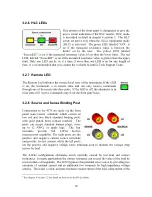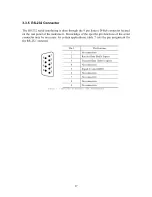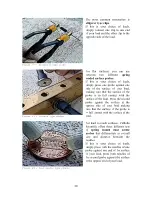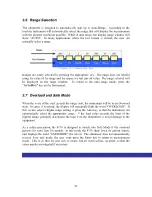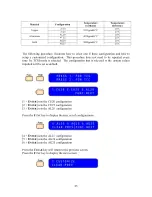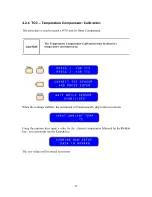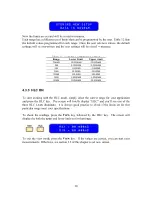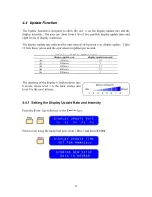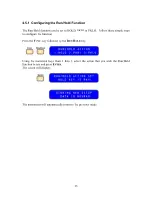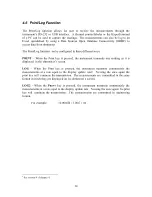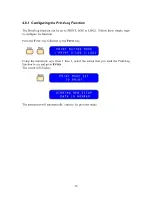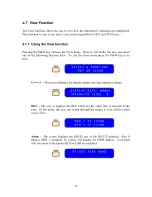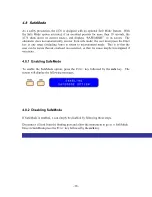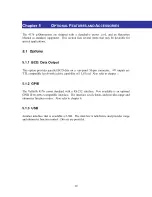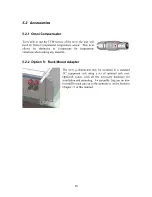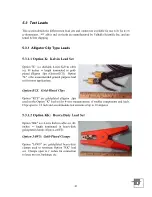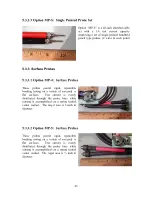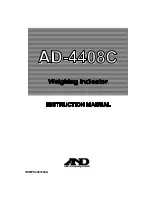
28
4.3 “HLC” - Hi-Lo Comparator Mode
Another useful feature of the 4176 is the Dual Limit Comparator (HLC). This feature helps
eliminate operator interpretation of ohmmeter readings. Operator error and fatigue are
significantly reduced while realizing an increase in testing efficiency.
A common application is receiving inspection of
precision resistors by unskilled operators using the HLC
mode. If, for example, the resistors to be inspected and
tested are 1 K
Ω
± 0.1%, the 4176 would be set on the
2k
Ω
range; the upper limit would be set at 1.0010k
Ω
, and
the lower limit to 0.9990k
Ω
. If measured resistance is
within these limits, the GREEN indicator will remain
illuminated, indicating a within tolerance condition. If either RED or the YELLOW
indicator is illuminated, that respective limit has been exceeded and the test sample should
be rejected.
4.3.1 HLC Relay Terminal
The 4176 provides relay closure outputs which
can be used to implement an automated batch
sorting system for components or products,
operate counters, sound alarms or shut off a
process. Resistors, transformers, strain gauges,
thermocouples and thermistors are a few items
which could be individually toleranced in this
manner for matching purposes.
The HLC relay terminal is internally wired to
three relays which are active only when the HLC mode is selected. According to the result
of the comparison, one of the relays will have its contacts close while the remaining two
relays will have contacts open. The standard "relay contact closure" feature allows an
automated sorting process to be set up at an economical cost. The screw type terminal
allows connections to wires or spade lugs. Contacts are rated at 100 volts, 100mA. Truth
table of the contacts is listed below.
Ω
’s symbol represents the load measured value, UL is
the upper limit and LL is the lower limit set by the user.
Table 10 - HLC Truth Table
HLC STATE
HLC RESULT
XLO
GO
XHI
ON
LL
≤Ω≤
UL
OPEN
CLOSED
OPEN
ON
Ω
<LL
CLOSED
OPEN
OPEN
ON
UL<
Ω
OPEN
OPEN
CLOSED
OFF
LL
≤Ω≤
UL
OPEN
OPEN
OPEN
OFF
Ω
<LL
OPEN
OPEN
OPEN
OFF
UL<
Ω
OPEN
OPEN
OPEN

